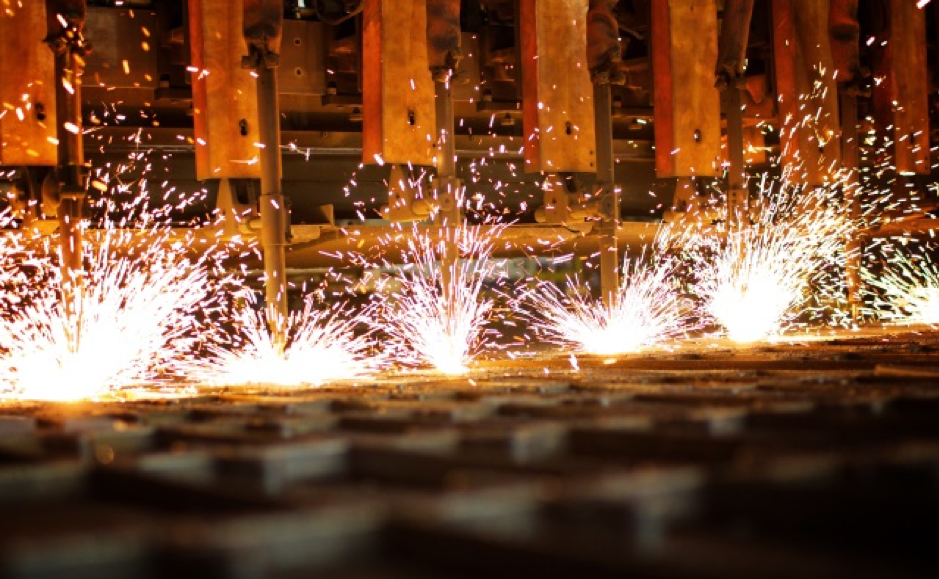
Next to the manufacturer’s operation manual and safety guidelines, the cutting tip chart is the next important printed advice for having a safe, great hand cutting torch experience.
If you are having trouble lighting a torch, correctly adjusting the flame or the torch just will not stay lit, the cutting tip chart contains the most likely answers and is a good starting point.
The Harris Cutting Tip Chart contains information on tip style/size selection, oxygen gas pressure settings (pre-heat flame and cutting stream), cutting oxygen gas orifice (center hole) sizing, fuel gas pressure settings, hose size recommendation, travel speed (machine cutting) and cut quality illustrations.
Here are the tips:
- Determine the metal thickness you want to cut. Select the tip size rated to cut that thickness or beyond. The tip size is based on the cutting oxygen gas orifice (using drill index sizes) – not always the pre-heat orifices. Cutting oxygen gas orifice sizing is important so you may compare different manufactures tip sizes, as there is not an industry standard.
- Select the tip style for the fuel gas you are using and metal type/condition. Cutting tip designs vary based on fuel gas and application. Examples: a 1 piece tip is typically used for oxygen-acetylene use and a 2 piece tip is used for oxygen-alternate fuel gas (natural gas, propane, propylene, etc.) use. Also, there are light, general and heavy pre-heat tips available for different metals and metal conditions.
- Pressure settings may differ for the various fuel gases available. Recommended oxygen and fuel gas pressures are at the torch with gas flowing. You may need to regulate the flowing gas pressures to accommodate for hose size/length, safety devices and/or temperature.
CAUTION: Never exceed 15 pounds per square inch (psi) when using Acetylene.
NOTE: Most torch mixers use a “positive” design that requires fuel gas pressures set between 5-15 psi for cutting applications. However, some torches use an injector (low pressure) mixer design that only requires ¼ – 2 psi of alternate fuel gas. Always check with the manufacturer of your torch to verify the mixer design based on the actual model number.
This article contains general information that is applicable for hand cutting applications of metal up to 12″ thick. Cutting metal greater than 4″ may require specific gas volume (cubic feet per hour) supply and gas apparatus. Check with the torch manufacturer or your local industrial gas supplier for requirements.
